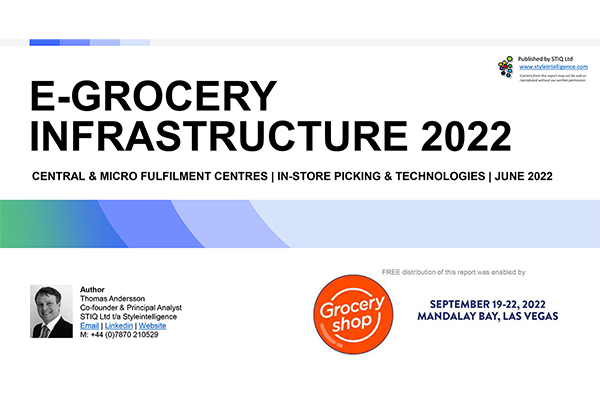2022 has been a challenging year for many retailers. Issues such as supply chain disruptions that have delayed shipments of inventory are preventing retailers from setting their stores up with the products customers want most. Many retailers are facing a situation of having too much of the wrong inventory (paywall). Even large retailers like Walmart and Target are reportedly struggling with too much of the wrong inventory. Target reported that its inventory increased 43% in the last quarter.
Arguably, one of the retailers that has been impacted the most in 2022 is Amazon. According to the Wall Street Journal (paywall), Amazon acquired a lot of space at warehouses and distribution centers but is now subleasing some of that space after reporting slow growth in April. Now, there are signs that the “Next Big Thing” at Amazon may be automated micro-fulfillment centers. For example, Amazon Robotics has begun advertising for specialists to lead the development of Amazon’s next-generation micro-fulfillment solutions. By serving customers “at the point of need,” as some job descriptions explain, Amazon will likely be able to fulfill orders quickly and with precision.
Micro-fulfillment is a strategy that places small-scale warehouse facilities in densely populated urban locations closer to the consumer to improve delivery times.
In my opinion, micro-fulfillment is the best way for brands to bypass the use of retail stores or expensive fulfillment services by shipping their inventory direct to micro-fulfillment centers located in cities across the U.S. Then they can pick, pack and ship orders within minutes or hours depending on the service-level commitment they made to the customer.
But I believe micro-fulfillment isn’t just the next big thing for Amazon; it’s also the next big thing for retail.
I am considered a leading expert on the topics of supply chain management, logistics, e-commerce and micro-fulfillment. In 2013, I designed one of the first automated micro-fulfillment centers (MFC) for use inside a retail store. A micro-fulfillment center (or MFC) is a small, sometimes highly automated fulfillment center that can fulfill e-commerce orders as well as local store pickups.
MFCs may be located in an existing store or warehouse or a dedicated small distribution or warehouse space. MFCs can also be opened inside retail stores. Walmart is opening automated MFCs from the company Alert Innovation inside select Walmart stores.
Read the full article on Forbes



